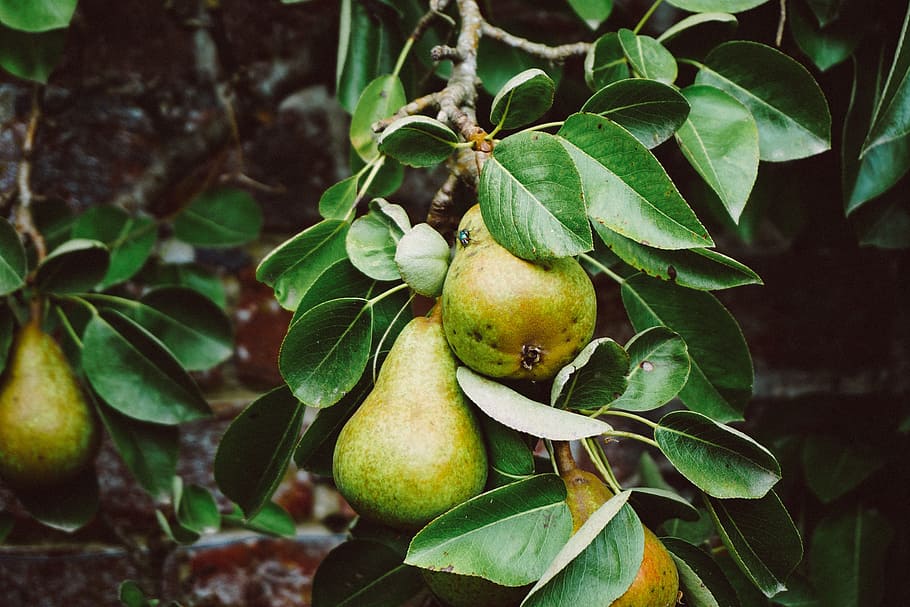| Abas Beki |
| A dessert pear from Russia. |
| Abate Fetel |
| Originally of France, it was obtained by the abbot Fetel – hence the name – who started working on it in 1865, when he was the priest of Chessy, Rhône, and using several local cultivars as a starting point. Fetel was later transferred to Charentay, where he continued his hybridisations, ultimately obtaining the 'Abate Fetel' after a few years.
The 'Abate Fetel' pear is the most produced and exported pear cultivar in Italy. In Italy the 'Abate Fetel' is usually harvested in September; it maintains its quality for up to 23 weeks of cold storage. A characteristic feature is its elongated shape which is easily recognizable by consumers. |
| Abb Ftel |
| A high quality and very sweet dessert pear. |
| Alexander Lucas |
| |
| Alexandre Lambr |
| A high quality dessert pear, developed by Belgian enthusiast Van Mons, with the classic buttery melting flesh. Ripens late and needs a warm climate for best results. |
| Ambrosia Pear |
| An early midseason, very large, productive, green pear with exceptional texture and quality. Bears annually with high tolerance to fire blight. Huge, golden-brown fruit, often blushed with soft pink, is ready for harvest in mid to late Aug. |
| Ananas de Courtrai |
| A juicy sweet-flavored Belgian pear with classic buttery melting flesh. Ripens early season. |
| Atlantic Queen |
| This old time pear cultivar earns its royal appellation for the huge, up to 1-1/2 lb. each, yellow-green fruit it produces in abundance. Enjoy the melting, juicy, aromatic flesh even when grown under adverse conditions. Shows resistance to fireblight. Ripens in September. Needs pollinizer. |
| Aurora |
| Large, early season Dessert Pear with superior flavor. |
| Autumn Nelis |
| An English pear, with juicy buttery melting flesh. Ripens late-season, but does not keep. The tree is hardy and heavy-cropping. The leaves turn an attractive dark red in the fall. |
| Ayer's |
| This old variety is favored in the South as the "sugar" pear because the pulp tastes like candy. The tree is fire blight resistant and the medium size fruit is yellow with a red blush. It blooms early and ripens in September. It has a high chill requirement and has proven to do well in the Pacific Northwest. USDA Zones 5-8. |
